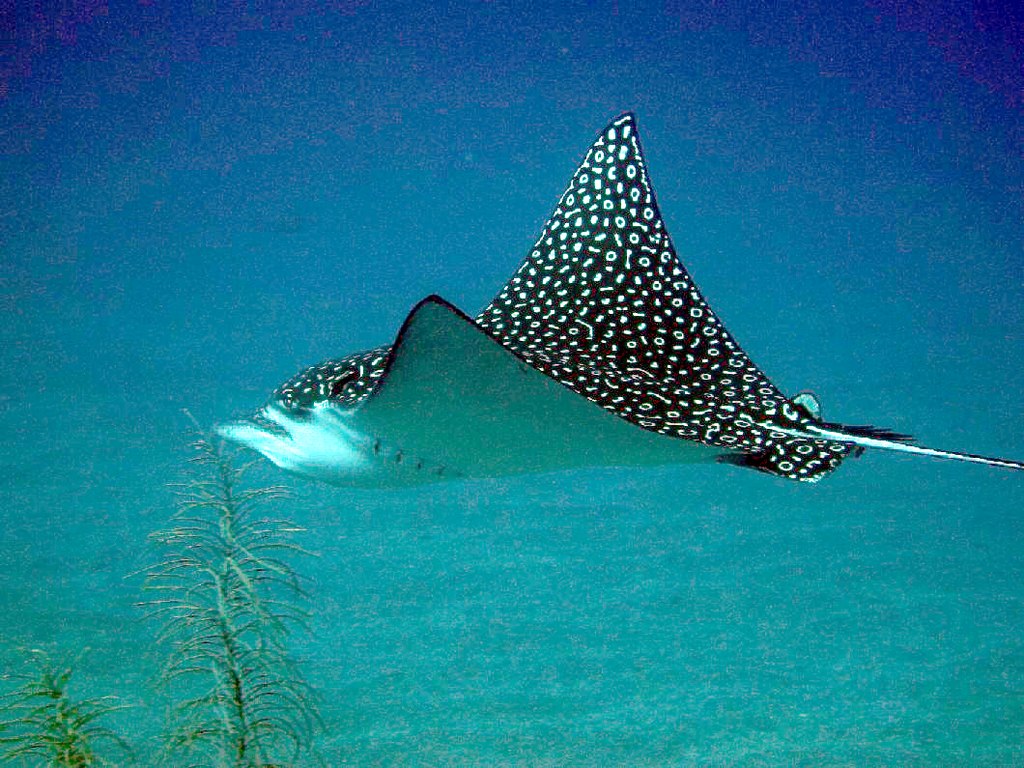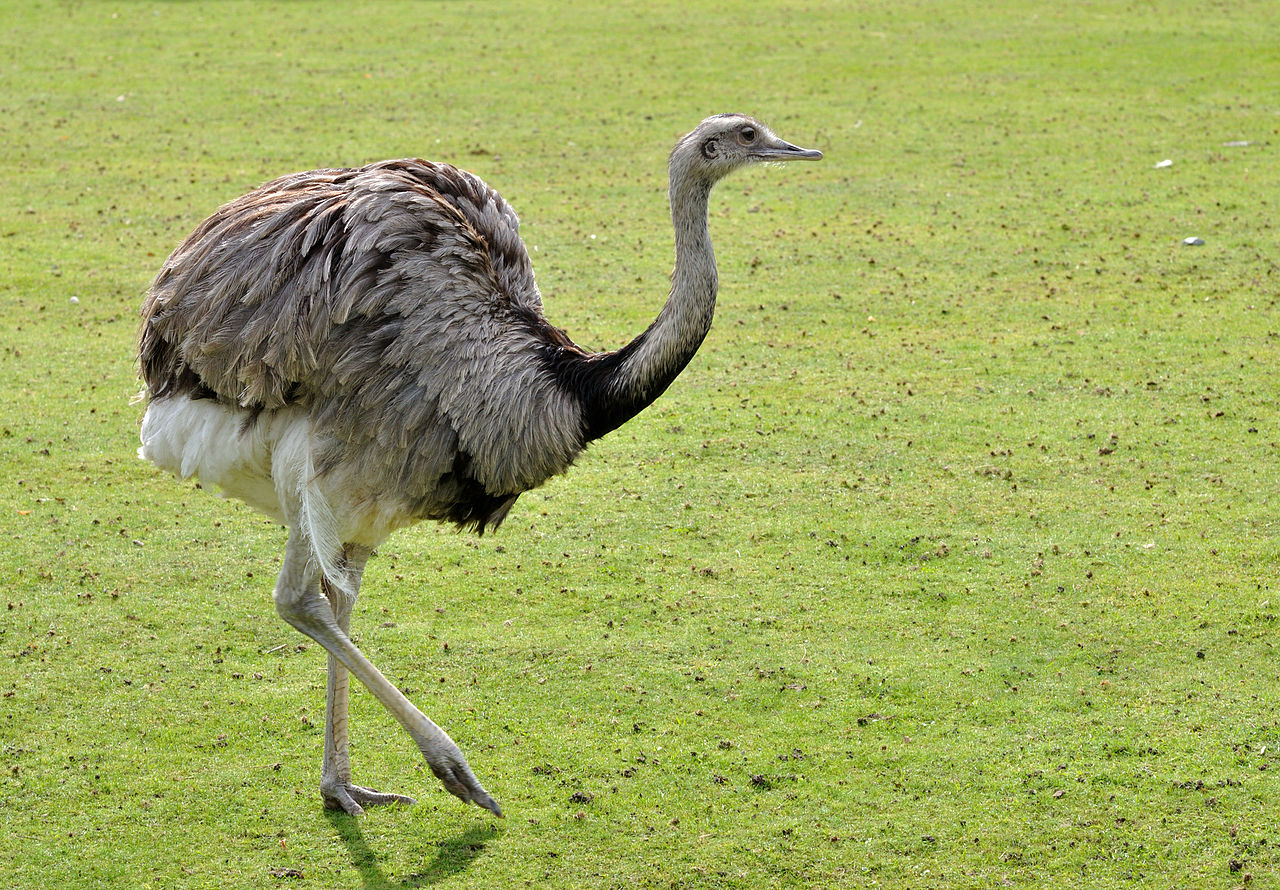The constellation is seen as a cross by the colonialists arriving to southern hemisphere and Pacific ocean from the Christian West. The cross shape is so deep in our cultures and psyche that seeing the four bright star in the way depicted in the schema above is quite natural. But in fact, it forcibly pairs the opposing four stars to this geometric shape.
In many cultures in the southern hemisphere people do not pair the stars in this manner but rather follow the natural outline of the constellation. This shape is then associated with some animal or object important in their culture.
In many cultures in the southern hemisphere people do not pair the stars in this manner but rather follow the natural outline of the constellation. This shape is then associated with some animal or object important in their culture.
The following paragraphs are from Wikipedia which also includes references to the studies where these identifications have been discussed. (there are many references to Staal, Frits. 1988.Universals: Studies in Indian logic and linguistics. Chicago: University of Chicago Press.)
I have added to the wiki text some images and links to emphasize the great variety in the way how various non-western people have perceived the Crux, the Coalsack and the stars nearby.
__________________________________
In Australian Aboriginal astronomy, Crux and the Coalsack mark the head of the 'Emu in the Sky' in several Aboriginal cultures, while Crux itself is said to be a possum sitting in a tree and a representation of the sky deity Mirrabooka. (The dark Coalsack nebula is in the area of the constellation).
 |
| Emu image How stuff works |
__________________________________
Torres Strait Islanders in modern-day Australia saw Gamma Centauri as the handle and the four stars as the trident of Tagai's Fishing Spear.
 | |
| The constellation of Tagai, on which Torres Strait Islander culture is based. Image credit: Nonie Sharp, 'Stars of Tagai: The Torres Strait Islanders', based upon a watercolour by Lieut.G.Tobin, Mitchell Library, and drawings of the Tagai Constellation by Gizu and Mariget of Mabuiag Australian Indigenous Astronomy |
The Aranda people of central Australia saw the four Cross stars as the talon of an eagle and Gamma Centauri as its leg.
__________________________________
Various peoples in the East Indies and Brazil viewed the four main stars as the body of a ray. In both Indonesia and Malaysia, it is known as Bintang Pari and Buruj Pari respectively ("ray stars").
__________________________________
The Javanese people of Indonesia called this constellation Gubug pèncèng ("raking hut") or lumbung ("the granary"), because the shape of the constellation was like a raking hut.
__________________________________
The Māori name for the Southern Cross is Te Punga ("the anchor"). It is thought of as the anchor of Tama-rereti's waka (the Milky Way), while the Pointers are its rope. (Pointers are the two bright stars near the Crux helping to find it.)
__________________________________
In Tonga it is known as Toloa ("duck"); it is depicted as a duck flying south, with one of his wings (δ Crucis) wounded because Ongo tangata ("two men", α and β Centauri) threw a stone at it. The Coalsack is known as Humu (the "triggerfish"), because of its shape.
__________________________________
In Samoa the constellation is called Sumu ("triggerfish") because of its rhomboid shape, while α and β Centauri are called Luatagata (Two Men), just as they are in Tonga.
__________________________________
The peoples of the Solomon Islands saw several figures in the Southern Cross. These included a knee protector and a net used to catch Palolo worms. (Eaten there as food)
__________________________________
Neighboring peoples in the Marshall Islands saw these stars as a fish.
__________________________________
In Mapudungun, the language of Patagonian Mapuches, the name of the Southern Cross is Melipal, which means "four stars".
__________________________________
In Quechua, the language of the Inca civilization, Crux is known as "Chakana", which means literally "stair" (chaka, bridge, link; hanan, high, above), but carries a deep symbolism within Quechua mysticism. Acrux and Mimosa make up one foot of the Great Rhea, a constellation encompassing Centaurus and Circinus along with the two bright stars.
The Great Rhea was a constellation of the Bororo people of Brazil.
__________________________________
The Bakairi people of Brazil had a sprawling constellation representing a bird snare. It included the bright stars of Crux, the southern part of Centaurus, Circinus, at least one star in Lupus, the bright stars of Musca, Beta and Delta Chamaeleonis, Volans, and Mensa.
__________________________________
The Kalapalo people of Mato Grosso state in Brazil saw the stars of Crux as Aganagi angry bees having emerged from the Coalsack, which they saw as the beehive.
__________________________________
The Mocoví people of Argentina also saw a rhea including the stars of Crux. Their rhea is attacked by two dogs, represented by bright stars in Centaurus and Circinus. The dogs' heads are marked by Alpha and Beta Centauri. The rhea's body is marked by the four main stars of Crux, while its head is Gamma Centauri and its feet are the bright stars of Musca.
__________________________________
Among Tuaregs, (North Africa) the four most visible stars of Crux are considered iggaren, i.e. four Maerua crassifolia trees.
__________________________________
The Tswana people of Botswana saw the constellation as Dithutlwa, two giraffes - Acrux and Mimosa forming a male, and Gacrux and Delta Crucis forming the female.
 |
| Drawing Colorign Sun |
__________________________________
Various peoples in the East Indies and Brazil viewed the four main stars as the body of a ray. In both Indonesia and Malaysia, it is known as Bintang Pari and Buruj Pari respectively ("ray stars").
 |
| "Eagle ray jb". Licensed under Public Domain via Commons |
__________________________________
The Javanese people of Indonesia called this constellation Gubug pèncèng ("raking hut") or lumbung ("the granary"), because the shape of the constellation was like a raking hut.
 |
| In the Pacific region granaries had also great religious importance. Image sumai.org |
__________________________________
The Māori name for the Southern Cross is Te Punga ("the anchor"). It is thought of as the anchor of Tama-rereti's waka (the Milky Way), while the Pointers are its rope. (Pointers are the two bright stars near the Crux helping to find it.)
 |
| Traditional Melanese anchor Image nzetc.victoria.ac.nz |
__________________________________
In Tonga it is known as Toloa ("duck"); it is depicted as a duck flying south, with one of his wings (δ Crucis) wounded because Ongo tangata ("two men", α and β Centauri) threw a stone at it. The Coalsack is known as Humu (the "triggerfish"), because of its shape.
 |
| Image Wikipedia Commons |
__________________________________
In Samoa the constellation is called Sumu ("triggerfish") because of its rhomboid shape, while α and β Centauri are called Luatagata (Two Men), just as they are in Tonga.
 |
| Triggerfish "4987 aquaimages". Licensed under CC BY-SA 2.5 via Commons |
__________________________________
The peoples of the Solomon Islands saw several figures in the Southern Cross. These included a knee protector and a net used to catch Palolo worms. (Eaten there as food)
 |
| "A good catch of palolo nps gov" by U.S. Department of the Interior National Park Service via Commons |
__________________________________
Neighboring peoples in the Marshall Islands saw these stars as a fish.
__________________________________
In Mapudungun, the language of Patagonian Mapuches, the name of the Southern Cross is Melipal, which means "four stars".
__________________________________
In Quechua, the language of the Inca civilization, Crux is known as "Chakana", which means literally "stair" (chaka, bridge, link; hanan, high, above), but carries a deep symbolism within Quechua mysticism. Acrux and Mimosa make up one foot of the Great Rhea, a constellation encompassing Centaurus and Circinus along with the two bright stars.
The Great Rhea was a constellation of the Bororo people of Brazil.
 |
| "Rhea americana qtl2" by Quartl - Own work. Licensed under CC BY-SA 3.0 via Commons |
__________________________________
The Bakairi people of Brazil had a sprawling constellation representing a bird snare. It included the bright stars of Crux, the southern part of Centaurus, Circinus, at least one star in Lupus, the bright stars of Musca, Beta and Delta Chamaeleonis, Volans, and Mensa.
__________________________________
The Kalapalo people of Mato Grosso state in Brazil saw the stars of Crux as Aganagi angry bees having emerged from the Coalsack, which they saw as the beehive.
 |
| Natural beehive Image Naughty Boy |
__________________________________
The Mocoví people of Argentina also saw a rhea including the stars of Crux. Their rhea is attacked by two dogs, represented by bright stars in Centaurus and Circinus. The dogs' heads are marked by Alpha and Beta Centauri. The rhea's body is marked by the four main stars of Crux, while its head is Gamma Centauri and its feet are the bright stars of Musca.
__________________________________
Among Tuaregs, (North Africa) the four most visible stars of Crux are considered iggaren, i.e. four Maerua crassifolia trees.
 |
| A large Maerua crassifolia tree Image King Saud University |
The Tswana people of Botswana saw the constellation as Dithutlwa, two giraffes - Acrux and Mimosa forming a male, and Gacrux and Delta Crucis forming the female.
 |
| Two Rotschild giraffes at Woburn Safari Park, United Kingdom Image Wikimedia |
No comments:
Post a Comment